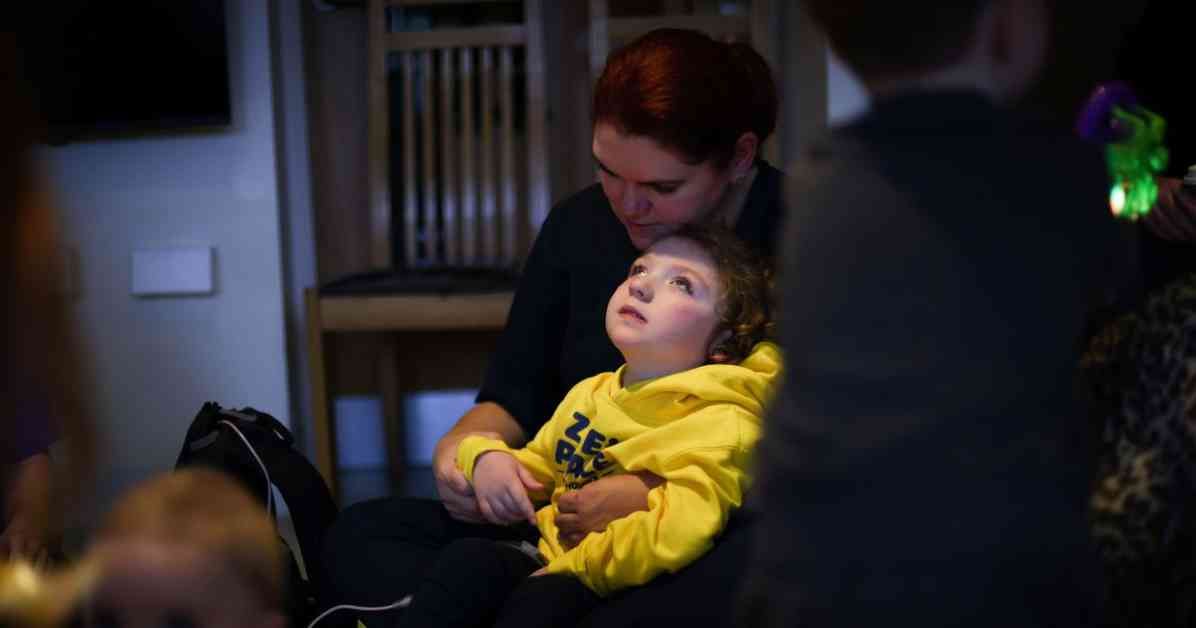When my mom would come home from her work as a hospice nurse, my family could always tell if she had a rough day. Sometimes, she would be quieter than usual, and occasionally, we would see her in tears. Taking care of young individuals who were at the end of their lives, especially when they were so young, was a heavy burden for her to carry at times. However, she always expressed that there was no other job she would rather do. She often mentioned that providing care for terminally ill individuals in their final weeks was a great privilege. “We help people to live before they die,” she would tell me. This sentiment is shared by many dedicated nurses at Zoe’s Place baby hospice. Recently, there has been a surge in attention towards this hospice due to the alarming announcement that it would shut down permanently without a significant increase in funding.
Zoe’s Place not only offers end-of-life care but also provides respite care for families with children who have complex needs. The impending closure of this crucial service has brought to light the importance of hospice care and the funding challenges it faces. It may come as a surprise to many that the average hospice receives only a third of its funding from the government, relying heavily on public donations and support from philanthropic organizations for the remainder.
The reality is that all of us will experience the pain of losing loved ones, and inevitably, we will all face our own mortality. Dying is an inevitable part of life, and ensuring that individuals can pass away with dignity and comfort should be a top priority. However, hospice care is often perceived as a luxury rather than a necessity. The situation facing Zoe’s Place underscores the vulnerability of essential services that are dependent on the goodwill of individuals to survive.
The history of the hospice movement, initiated over 50 years ago by Dame Cicely Saunders, sheds light on the unique nature of hospices. These small-scale, independent organizations, typically operating outside the traditional healthcare system, have been largely community-driven. The local community has played a significant role in establishing and sustaining hospices, fostering a deep emotional connection and a sense of ownership among residents.
This independence has allowed hospices to carry out remarkable initiatives that may not be feasible within larger healthcare institutions. The ability to act swiftly, flexibly, and creatively sets hospices apart, enabling them to fulfill unique and personalized requests from patients and families. The personal touch and individualized care provided by hospices create a truly special environment for those in need.
Despite the invaluable services offered by hospices, the current funding model is deemed unsustainable by many hospice leaders. There is a growing call for a more substantial contribution from the government to ensure the long-term viability of hospices. Achieving a better balance between state funding and community support is crucial to safeguarding the future of hospice care.
The situation at Zoe’s Place has sparked a national conversation on the funding challenges faced by hospices. Members of Parliament from Merseyside have taken a proactive stance on advocating for increased funding for hospices, particularly those serving children. The momentum generated by the plight of Zoe’s Place presents an opportunity to reform and strengthen hospice care across the country.
As a region with a rich history of palliative care and hospice innovation, Merseyside has the potential to lead the way in reshaping the future of hospice care in the UK. By harnessing the public outcry over Zoe’s Place and advocating for sustainable funding models, Merseyside can drive positive change in the hospice sector. Your support and donations can make a difference in ensuring that hospices like Zoe’s Place continue to provide essential care to those in need.





















